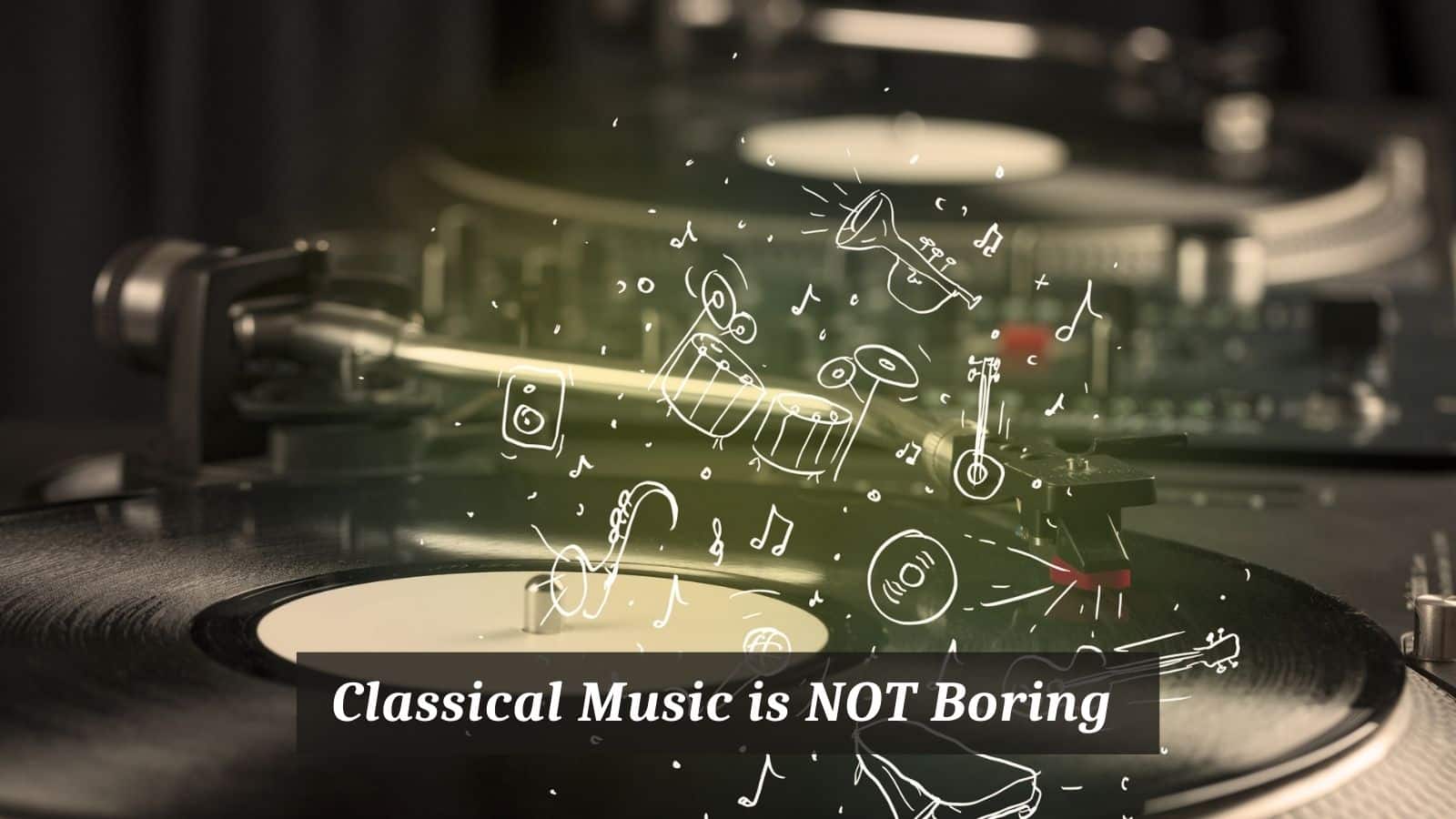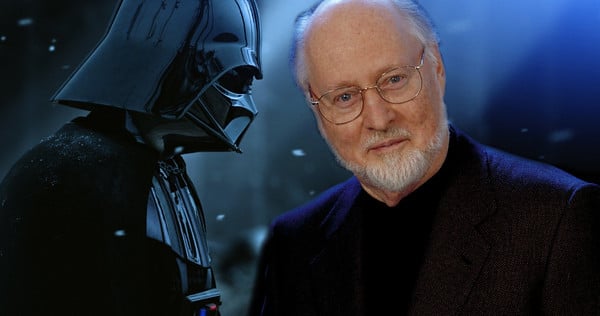
All too often Classical music is given a raw deal and summarily dismissed as boring, or perhaps worse still irrelevant.
In part, I think some of these sentiments come from the experiences people have from school or even the image that classical music can convey; stuffy, inaccessible and elite.
Classical Music is NOT Boring
I have every sympathy for anyone whose musical schooling consisted of hammering out melodies from the classical world on glockenspiels, or keyboards without adequate context, encouragement and support. That is surely a route to boredom.
Equally, if you’re entrenched in your particular genre or popular music for example, then finding the relevance and relationship to classical music can be a challenge.
For the die-hard devotees of popular music who dismiss the classical world of music, I often suggest giving a listen to some adverts that contain classical pieces.
In this way, there is a visual frame of reference (even if it is nothing directly to do with the actual context of the music), that leads the listener more fluently into the music.
If they bite at that, then exploring more of the same can present an opening in classical music that can be exploited. Hopefully it even eventually persuades that classical music is anything but boring.
By way of an example of this here is a link to an advert for the aftershave called Old Spice from the 1970s
This is one of my earliest memories of hearing a piece of music that was simply inspiring from the first note. The music comes from Carl Orff’s monumental work titled Carmina Burana with this particular track (O Fortuna), opening and closing the work.
The use of classical music in advertising has been common practice for decades. There are many reasons for it including wishing to bring prestige to a product, or the promise of high quality as these can be attributes that classical music brings to an advert.
From Orff to Vivaldi, Mozart and Mahler, the list is extensive and invites investigation to help dispel the complaint of classical music being boring.
Why classical music is chosen for commercials precisely because of its interesting, memorable melodies, compelling rhythms, exciting orchestration/instrumentation and incredibly diverse spanning over a thousand years of cultural history.
Pulling hard on the sleeves of cliché, take the opening of Beethoven‘s Fifth Symphony. Nearly everyone knows or has heard those famous four notes. Alternatively, the alternating semitones of Beethoven’s Für Elise.
When these pieces are placed into a relevant context where a little of the history of the piece is explained and in the case of the symphony, how Beethoven uses this motif in the entire piece. This a small example of a way into classical music because it becomes relatable.
Drawing parallels between classical music and film I have also found rich in possibilities. I frequently have gone as far as to claim that there wouldn’t be film music without the weight of classical music that came before.
Star Wars (Episode IV from 1977) with music by John Williams draws heavily on Gustav Holst’s Mars from The Planets (Op.32). If you want to try out hearing Holst with the Star Wars film follow this link – https://vimeo.com/182622205.
Williams took inspiration from several composers as every composer does but the similarities between the two scores are remarkable. William’s score is of course a brilliant piece of work, but what I’m illustrating is the valuable link to a familiar world, film, and the less familiar, classical music.
The early world of film composition interestingly commissioned a large number of composers of the time. These scores bridged the gap between the classical world and that of commercial film.
Ralph Vaughn Williams, wrote many film scores during his career that were highly individual including Scott of the Antarctic and The 49th Parallel.
The French composer Arthur Honegger was prolific as a classical composer and as a film composer. His scores include Napoléon, Les Misérables and Captain Fracasse.
Such was the popularity and power of film Russian genius Dimitri Shostakovich scored a large number of films. These included the famous The Gadfly (1955), and Five Days, Five Nights (1960).
The suite Shostakovich created from The Gadfly has become one of his most popular pieces of music that offers great entertainment for anyone convinced that classical music is dull.
Popular music culture tenders a far-reaching selection of exciting genres but let’s not forget that classical music has an equally diverse and delicious array of options too.
From Medieval (or Ancient Music if you wish to step further back), right through to today, classical music has tens of thousands of remarkable compositions to enthral and entice the listener.
Inviting a sceptical listener to travel with you through a selection of music from Gregorian Chant to George Crumb, will almost certainly have the desired effect of convincing even the most ardent of non-classical people that there’s something worthy of attention.
The stark fact that without classical music popular genres would most likely never have evolved can be a sobering reason for the importance and substance of this type of music.
So many elements of classical music twin with those of other genres. When you break music of any kind down to its raw components, you have for the most part, melody, rhythm, harmony, textures and structures.
These similarities can help make the world of classical music less mysterious, approachable and comprehensible.
One of the most popular genres of classical music to have emerged from the 1950s is minimalism.
This type of music has a dominantly rhythmic side that tends towards repetitive phrases and motifs held together by clear, slowly-moving harmonies.
It is little wonder that the music of Philip Glass, Terry Riley, John Adams, Michael Nyman and Steve Reich, (to name only a few), has gained such a huge following.
The diversity of approaches to minimalism within the genre leaves this gateway wide open for entry into classical music.
Whether you begin with Nyman’s score from The Piano, or dive into Adam’s Chairman’s Dances they’ll be something that grabs the ear and may even mark the start of a deeper exploration of the wonderful world of classical music.

